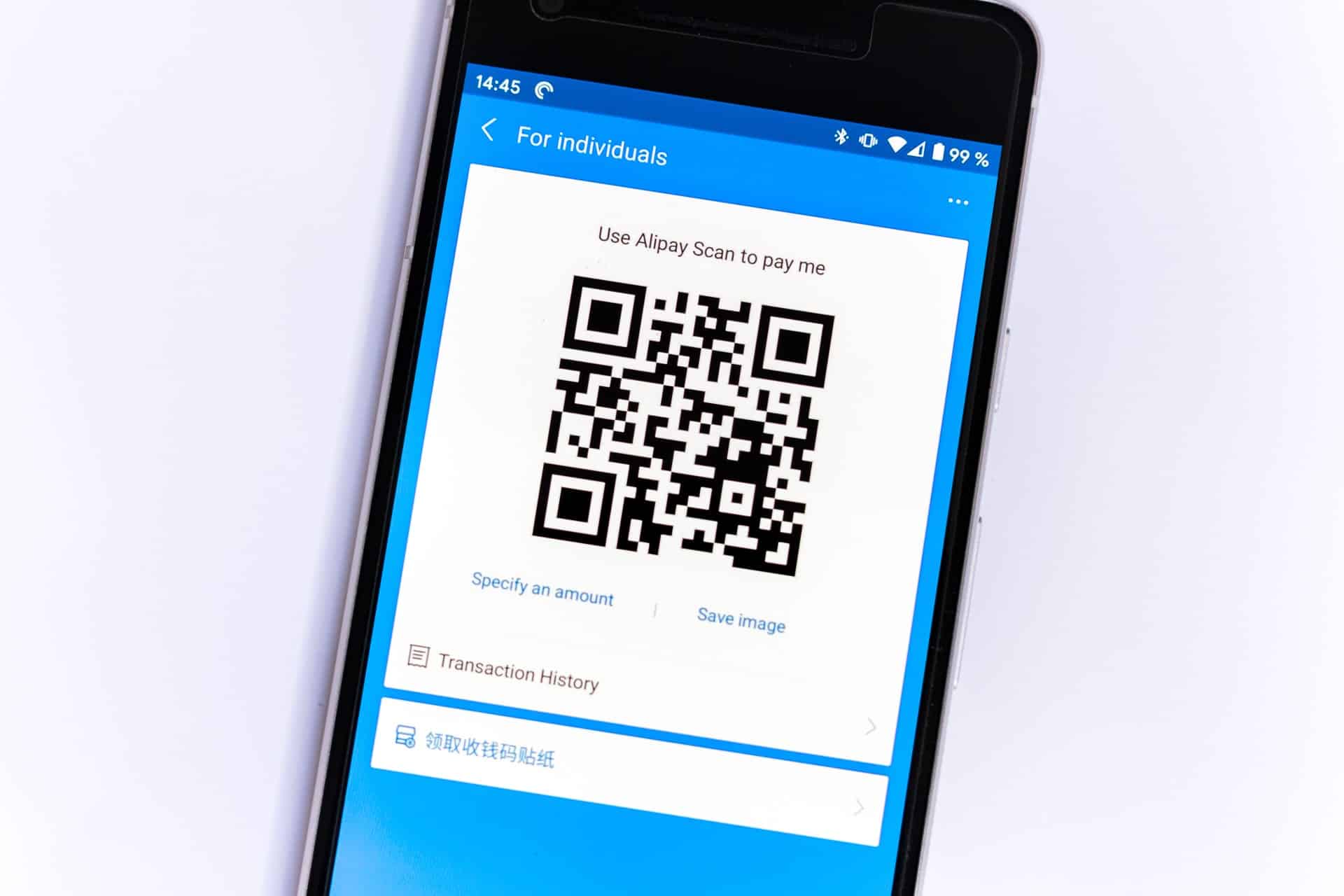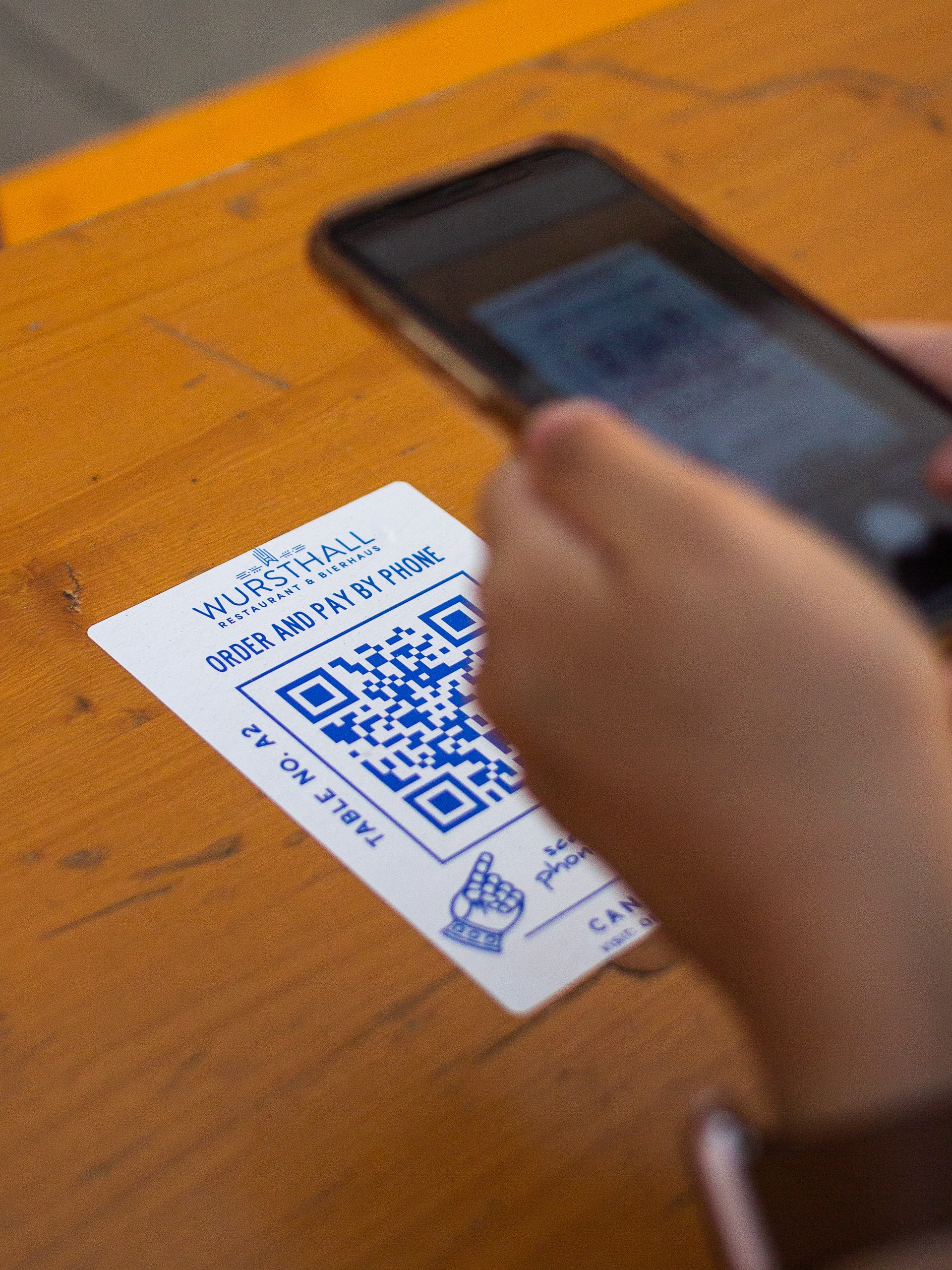The pandemic altered our understanding of the business landscape across the entire spectrum of industry. Our favorite restaurants have been forced to rely heavily on third-party delivery services, small mom-and-pop shops were forced to find creative ways to stay afloat, and companies went into overdrive to come up with the innovative solutions that would keep themselves up and running. Businesses in every industry have been leaning on technology, specifically, utilizing online platforms to reach their customers.
As most people are continuing to adjust to working from home, digital marketing has become increasingly more valuable in the effort to reach customers where they are, which is typically online. When not at home, many people are still relying on the safety of their phones to engage in contactless transactions in public spaces. The QR code has become a major staple in the world of retail and hospitality, and there’s an opportunity for more industries to capitalize on similar technology, like Direct Response Video (DRV) codes.
IMAGE: UNSPLASH
Like QR codes, DRV codes are designed to scan unique codes using a smartphone’s camera or an app to guide a user to a specific action. However, DRV codes differ from your traditional QR code, as they are embedded in digital and video mediums, like TV screens, digital billboards, and social media pages. This technology, which can be scanned from up to 60 feet away, provide a world of opportunity for marketers to engage consumers directly, even in today’s new normal.
Capturing Your Customers Attention
Vying for attention is everything in today’s consumer climate. Whether you’re looking for a consumer to book a hotel room, purchase a product or even sign a petition, streamlining the process and maintaining the attention of the consumer is the easiest way to turn an interested party into an actual customer.
Current digital advertisements already offer consumers the tools to do their own research, whether it’s encouraging them to visit a website or download an app. Sadly, in the age of information, that might be too much to ask. The ability to streamline information quickly can make all the difference.
Implementing new technology like DRV codes into digital marketing mediums that are already being viewed can streamline the consumer research process and increase the likelihood that a potential customer will visit a website, call a phone number or purchase an item. Immediately after viewing an advertisement, a simple scan of the screen can allow a user to make a reservation, send a text or research a service, with less of a possibility of them getting sidetracked.
Quantifiable Ad Tracking
Integrating DRV technology into digital advertisements allows for a whole new way to collect and analyze data from a marketing campaign. Traditionally, most companies are able to give a ballpark estimate on how many eyes a billboard will attract. Using this method can make it extremely difficult to quantify how effective a billboard is at driving traffic to a product or service.
The DRV’s unique codes allows for real-time data tracking, campaign conversion rates, and even customer demographics. This can either validate a campaign’s messaging or give the brand a chance to reevaluate their approach moving forward.
Creating The Ultimate QR Code Experience
While there is a clear application for DRV code technology in digital advertisements, it can also be integrated into a brand’s existing QR technology. Sophistication in DRV augmented QR readers enable end-users to scan either code seamlessly without switching apps. DRV technology can be scanned at a 150 to 1 distance ratio, giving consumers the ultimate social distancing solution, and access to the same information a brand is trying to display through its QR codes. This technology will provide businesses multiple avenues to reach their customers in person.
The effects of the COVID-19 on business will permeate long after the pandemic subsides. Social distancing, in some capacity, will continue to be our new normal. People will continue to work from home and the digital spaces that have become so crucial to many companies’ survival will prove to be a primary avenue for brands to engage with their target audience. Integrating innovative technology now will improve these processes moving forward, giving brands the opportunity to continue to keep up with consumer adaptation.
If you are interested in even more business-related articles and information from us here at Bit Rebels, then we have a lot to choose from.


COMMENTS